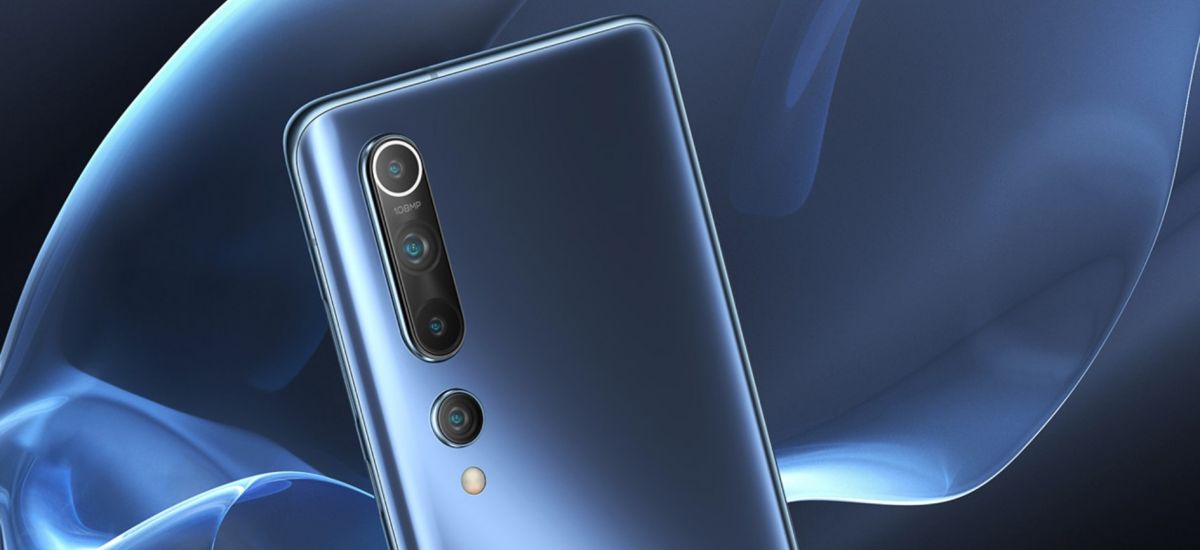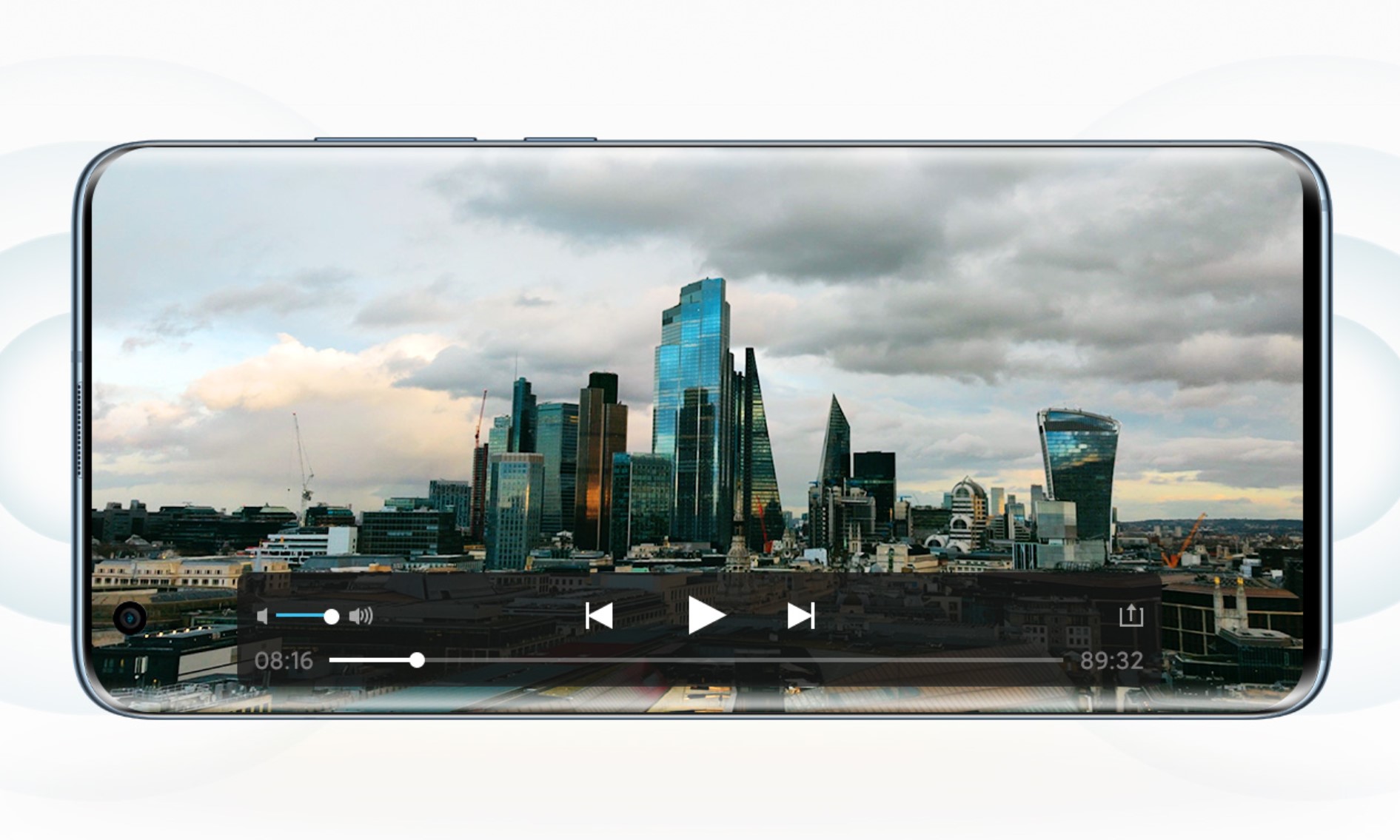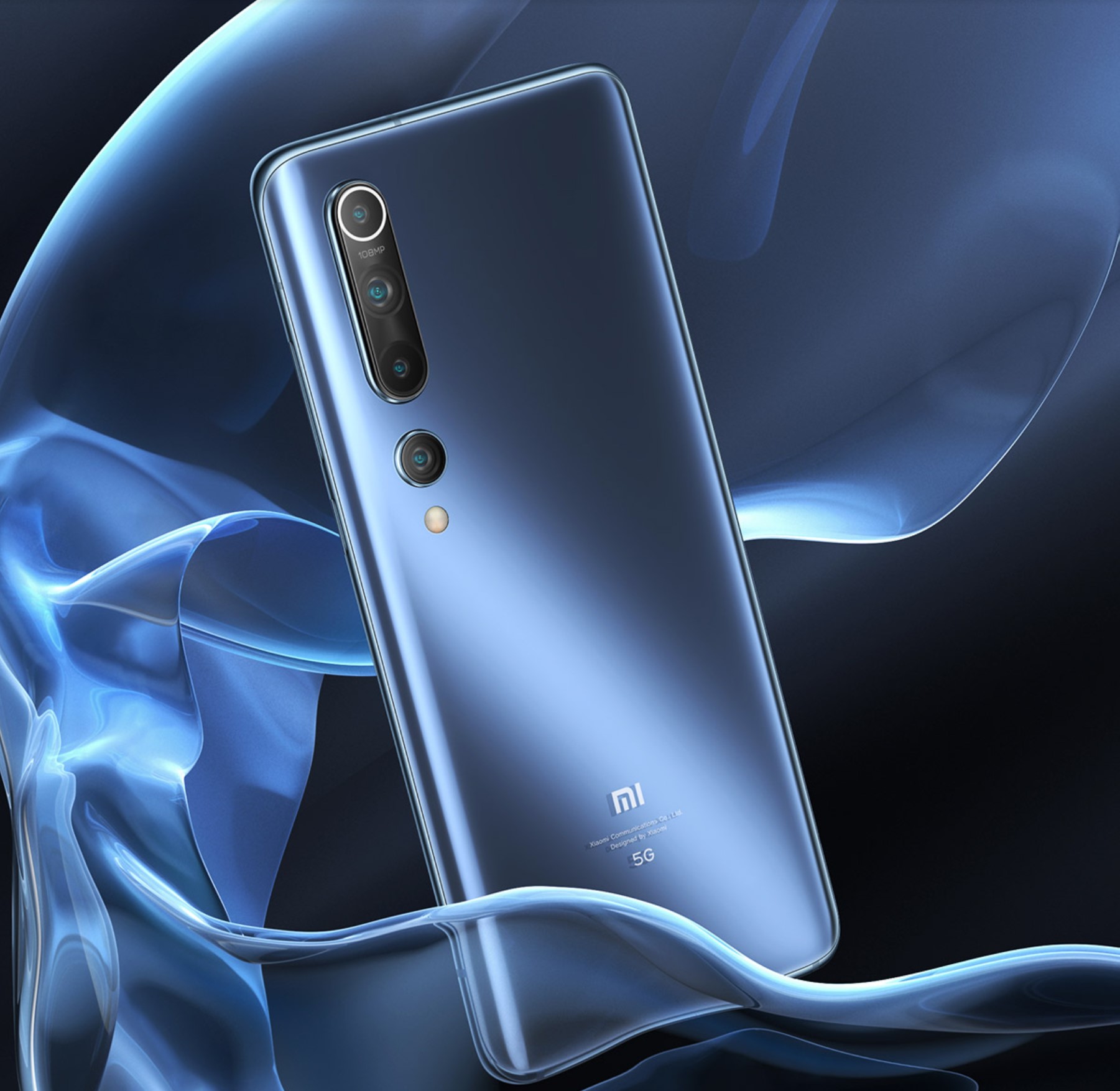Xiaomi Mi 10 and Mi 10 Pro officially

Xiaomi Mi 10 and Xiaomi Mi 10 Pro finally officially entered the market. Let's check what they have to offer and whether they are ready to clash with the new Galaxy S20.
Such a hard blow! Xiaomi Mi 10 and Mi 10 Pro on paper tick off almost all the fields that we could put on the list of requirements for a modern smartphone.
Both have AMOLED 6.67 "screens spilling all over the front and a resolution of 2340 x 1080 px. These screens have a refresh rate of 90 Hz with a touch sensitivity of 180 Hz, a peak brightness of 1120 rivets (800 rivets typical), support HDR10 + and reflect colors in the DCI-P3 space range, with the Delta E parameter <1.1.

Translating it to human language - these will be damn pretty displays. It is a pity that it is sharply bent, like last year's Galaxy S10. I was hoping that Xiaomi, following the example of Samsung, will give up exaggerated curvature this year.
I am happy about the fact that Xiaomi Mi 10 and Mi 10 Pro offer stereo speakers, which - if you believe the DXO Mark ranking - can surprise us with quality.

Under the screen work really powerful components. The center is Snapdragon 865, supported by 8 or 12 GB of RAM and 128/256 space for data in the form of UFC 3.0 memory in the case of Mi 10, and 256/512 GB of data space in the Mi 10 Pro. The components are liquid-cooled to ensure optimal working culture of the device, especially during mobile gameplay.
Both smartphones support Bluetooth 5.0, NFC and WiFi 6. In both models there was also 5G connectivity, but we do not know yet if this is the standard, or maybe variants without this option will come to Europe, as in the Galaxy S20 .
The only significant lack in the specification is certification for dust and water resistance.
Xiaomi Mi 10 and Mi 10 Pro - what's the difference?
At first glance, almost nothing. This is what Xiaomi Mi 10 looks like:

And this is what Xiaomi Mi 10 Pro looks like:

A horse with a row to those who distinguish them. Visually, both devices are almost identical and have almost identical specifications.
There are two differences, and depending on whether we prefer a larger battery or a better camera, we will decide between the two.
Of the two, Xiaomi Mi 10 has a larger battery. Its capacity is 4780 mAh and we can charge it by wire with 30 W, wireless with 30 W, or use it to wirelessly charge other devices with 10 W.

Xiaomi Mi 10 Pro has a smaller battery - 4500 mAh - but it charges faster. Charge it with a power of up to 50 W by wire, wirelessly with a power of 30 W, or use it to wirelessly charge other devices with a power of 10 W.
In terms of the camera, the Xiaomi Mi 10 Pro has something to boast about. At the time of its release, it gained 124 points in the DXO ranking , thereby dethroning Huaweia Mate 30 Pro
https://twitter.com/Xiaomi/status/1227870908326522882
The DXO ranking is not the most reliable indicator of quality in the world, but after such a good result we can expect really decent pictures. Even if the Galaxy S20 bumps the Mi 10 Pro from the saddle when it hits the rankings alone, the new Xiaomi smartphone will not stop impressing.
The arrangement of his cameras is as follows:
- Super telephoto lens with 8 Mpix matrix, 10x hybrid optical zoom, f / 2.0 brightness and OIS
- A short telephoto lens with a 12 Mpix matrix and f / 2.0 brightness
- Main 108 Mpix sensor with lens with f / 1.69 brightness and OIS (photos are created in 25 Mpix resolution)
- Ultrawide lens with 20 Mpix matrix with f / 2.2 brightness
Xiaomi Mi 10 has a different camera layout:
- 2 Mpix matrix with depth sensor with f / 2.4 brightness
- Main sensor with a resolution of 108 Mpix with a lens with a brightness of f / 1.69
- 2 Mpix matrix with macro lens with f / 2.4 brightness
- 13 Mpix matrix with ultrawide lens with f / 2.4 brightness
Xiaomi Mi 10 looks much less impressive in this matter, but if the 108-megapixel main sensor will produce as good results as the Mi 10 Pro, you will be able to forgive the deficiencies in the other cameras.
Both smartphones can record video in 8K, like the Samsung Galaxy S20.

And all this is half the price of the cheapest Samsung Galaxy S20 . Xiaomi wins again with the price.
At the moment, we only know the prices on the Chinese market, but they look more than good.
The cheapest version with 8 GB RAM and 128 GB of data space Xiaomi Mi 10 will cost 3999 yuan, which is just over PLN 2200. In the most expensive one, with 12 GB RAM and 256 GB of data space - 4699 yuan, or about PLN 2630.
Xiaomi Mi 10 Pro starts from the ceiling of 4999 yuan for the 8/256 GB version and ends at version 12/512 for 5999 yuan. So we are talking about a price range from 2800 PLN to 3400 PLN.
Even when we add VAT to the above amounts, the prices are very attractive. The most expensive Xiaomi Mi 10 Pro in this scenario would cost about 4100 PLN - nearly 2000 PLN less than the top Galaxy S20 Ultra.
The cheapest Xiaomi Mi 10 after adding VAT can cost about PLN 2,700 - PLN 1,200 less than the cheapest Samsung Galaxy S20 and less even than OnePlus 7T Pro .

As for Xiaomi, prices are quite high. However, on a scale of generally more expensive smartphones, they are still very reasonable amounts, given the capabilities of both devices.
We will soon find out what prices Xiaomi Mi 10 and Mi 10 Pro will go to Poland. Originally, the global premiere of new smartphones was scheduled for February 23, but due to the cancellation of MWC 2020 will probably be postponed.
Xiaomi Mi 10 and Mi 10 Pro officially
Comments
Post a Comment